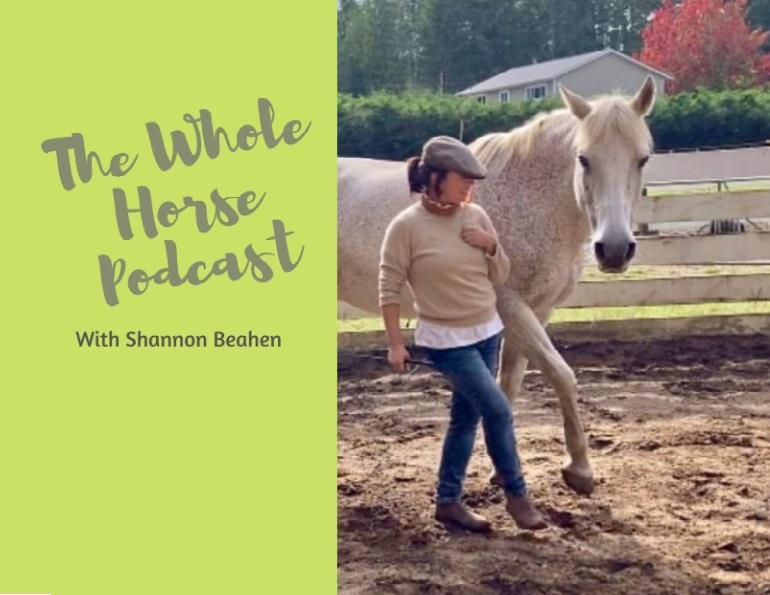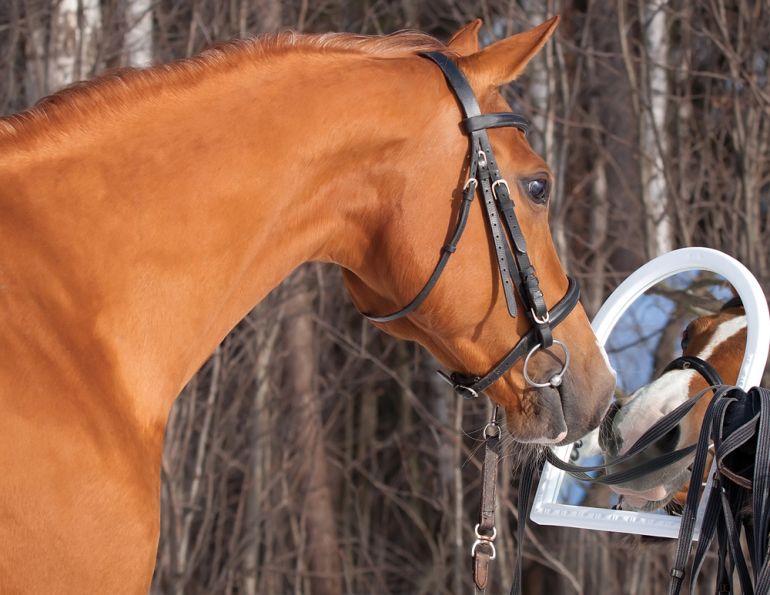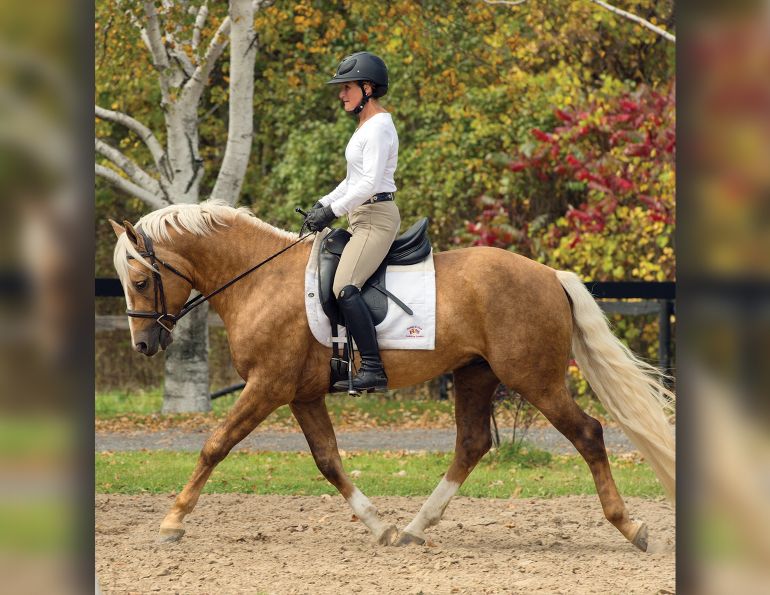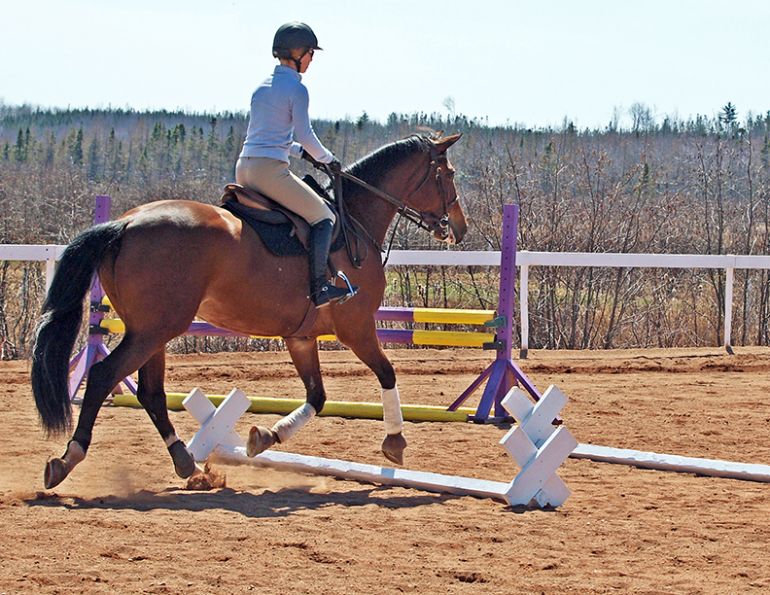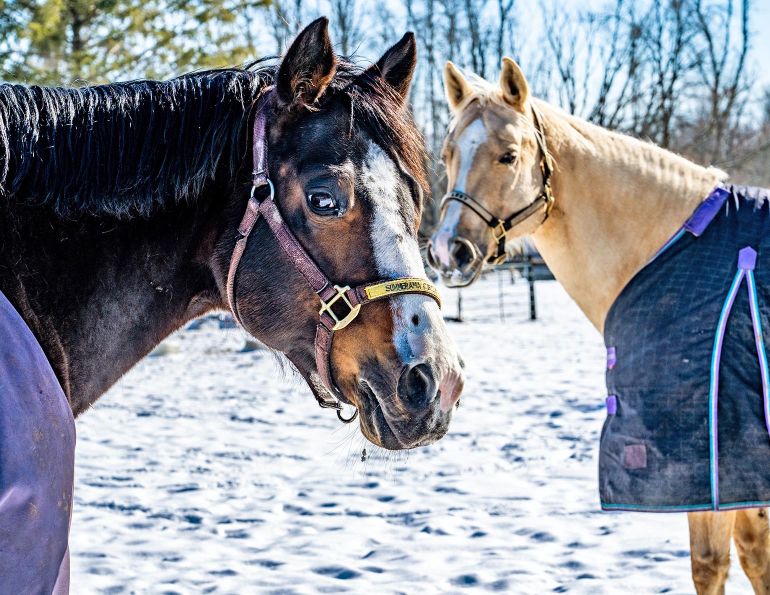By Lindsay Grice
Q The former owner of my horse said he always rode my horse with spurs. Although I feel confident using spurs, I don’t want to use them if I don’t need them. Can you make a horse dull by using spurs all the time? What kind of spurs do you recommend?
A I describe spurs as a megaphone for your leg aid. Every horse should learn to respond to a clear but subtle cue from the rider’s leg. If that cue is understood but ignored, the rider should immediately amplify the aid until the horse responds. If you don’t have the tools instantly available to amplify your first request, your horse won’t take repeated nagging very seriously and you’ve missed a training opportunity. Like a teenager can tune out a nagging parent if he knows there’s no follow through, a horse habituates to a rider’s kicking leg. That is what makes a horse dull and irritated. Also, a pushing, pumping rider is a rather unattractive picture!
Make sure your horse understands the language first (speaking at me in German through a megaphone isn’t going to make me understand if I don’t know the language). “Go forward” and “move over” should be cues your horse knows.
Second, make sure that you have excellent control over your heel and ankle so that you can lift your spur up into your horse and lower your heel to deactivate it. I make sure my students have a steady lower leg as well so that they don’t bump the horse by mistake.
I start my students with blunt spurs first: for English, a blunt or ball end with a short neck; for Western, a ball end or a smooth rowel. Depending on the conformation of the rider, I might suggest a longer spur neck as a reaching assist for a long-legged rider on a shorter-barrelled horse or to enable an older rider with a less flexible ankle to make contact.
I ride all my horses with spurs. I don’t have to use them if a horse responds to my calf, but I have them if I need them in the moment. Using spurs that are sharper than necessary may scare a sensitive horse as if you’re shouting at him. Have a selection of a few different types in your tack box and choose to fit the personality of each individual.
Main photo: Robin Duncan Photography - Spurs amplify your leg aid. Make sure your horse understands the aids and that you have good control over your lower leg and heels before donning a pair.




